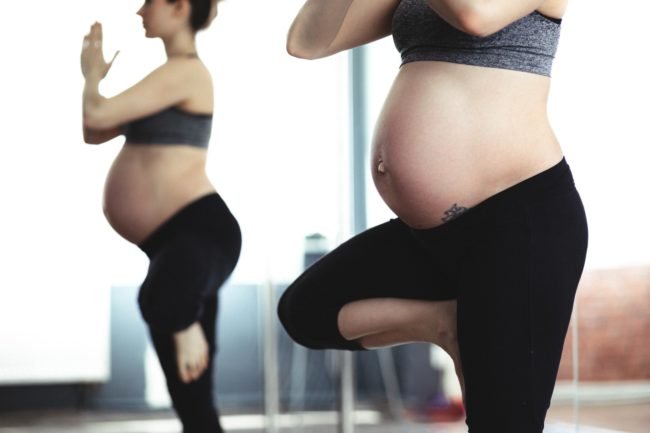Kegel exercises strengthen the muscles around the bladder, vagina and the anus. They can help reduce stress incontinence (leaking few drops of urine while coughing or laughing), prolapse and can improve the tone of the muscles during sex (lax loose vagina). Kegel exercises during pregnancy also have similar benefits. However, before starting any exercise program, it is advisable to consult your gynecologist.
How to do Kegel exercises correctly?
To identify your pelvic floor muscles, try to stop the flow of urine when you are passing urine. The muscles that you use to do this act are the muscles of your pelvic floor. Please remember that is not recommended to stop the flow while passing urine. This is only to help you identify the muscles.
One should squeeze hold for a few minutes and release these muscles 10 to 15 times in a row and one should do this as three to four sets and 3 to 4 times daily. The technique is important, and one must not tighten the stomach muscles or hold the breath at the same time.
It takes a few months to see any results. The key to success is persistence.
How do kegel exercises help during pregnancy?
Kegel exercises are useful even in pregnancy and can play an important role in preventing urinary incontinence after delivery.
As said, Kegel exercises strengthen the muscles around the bladder, vagina and the anus. During pregnancy, strengthening these muscles can develop the ability to relax and helps these muscles to prepare for labor and birth.
Kegel Exercises can be performed anywhere, in any position, while sitting on a chair or while doing any work. You can easily perform five sets of these exercises while in your daily routine and no one will be even able to understand while you exercise.
Kegel exercises should also be performed during the post-partum period as they help in the healing of perineal tissues, increases urinary control, strengthens the pelvic floor muscles and helps these muscles return to a healthy state.








